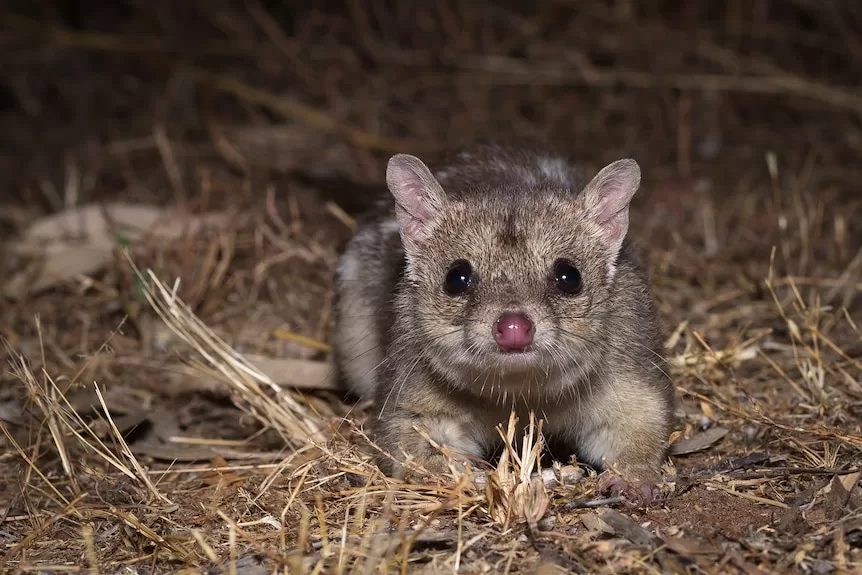- In short: Researchers from the University of Melbourne say they’ve developed a method to make quolls immune to cane toad toxin.
- Cane toads are a direct threat to northern quolls in Western Australia, Queensland and the Northern Territory.
- What’s next? One researcher is confident the genetic modifications can be rolled out within five years.
University researchers are confident they will be able to save the northern quoll from being driven to extinction by cane toads, thanks to microscopic genetic modifications.
Northern quolls, which live in areas of WA’s Pilbara and Kimberley regions, as well as the Northern Territory and Queensland, are under threat due to the spread of the invasive pest.
The small marsupials often eat the toads and ingest the toxins they produce, causing quolls to die.
In Queensland, this has already triggered a 75 per cent drop in quoll numbers.
But combined research from the University of Melbourne and US firm Colossal Biosciences has provided a lifeline for the endangered animals.
University of Melbourne professor Andrew Pask said cane toads were “one of the biggest threats to northern quoll populations”.
But by altering two genomes in the quolls’ DNA, Professor Pask said they could develop an immunity to cane toad toxins.
He said millions of years of evolution had seen some animals in South America, which exist alongside the toads in their natural habitat, develop a natural immunity to their toxins.
“We’ve looked at ways that we can genetically engineer a quoll to be cane toad-toxin-resistant,” he said.
“We’re taking those naturally existing changes that we know happen into just two tiny changes to a three billion-base-pair genome.”
Researchers now hope to implant artificially grown embryos with the genome strand, which would then grow into quolls and pass on genetic information to descendants.
He said it was thanks to genetic editing that wild quolls could exhibit that immunity within just a few years.
“We’re hoping within five years, we should be able to have the animals on the ground.
“The fantastic thing about this is it means not only do we save the quoll, but they can then eat cane toads and help control the spread of this terrible pest species across our landscape.”
De-extinction technology provides lifeline
The technology to edit genomes in this fashion comes from work being done by Colossal Biosciences to reverse the extinction of animals once thought to be lost to history.
Currently the firm is attempting to revive animals like the dodo, mammoth and Tasmanian tiger.
The northern quoll, which shares a close relation to the thylacine, can now benefit from this research.
Professor Pask said compared to other projects, work being done to avert extinction of quolls was relatively simple.
“This is not anywhere near as big a project as some of the de-extinction things we’re working on,” he said.
“This is a very simple edit, and then turning those cells back into a living animal is a lot less challenging.”
It’s hoped that with a successful rollout to northern quolls, similar technology could be applied to other animals that consume cane toads, like goannas, snakes and freshwater crocodiles.
Find more local news
Browse for your location and find more local ABC News and information
